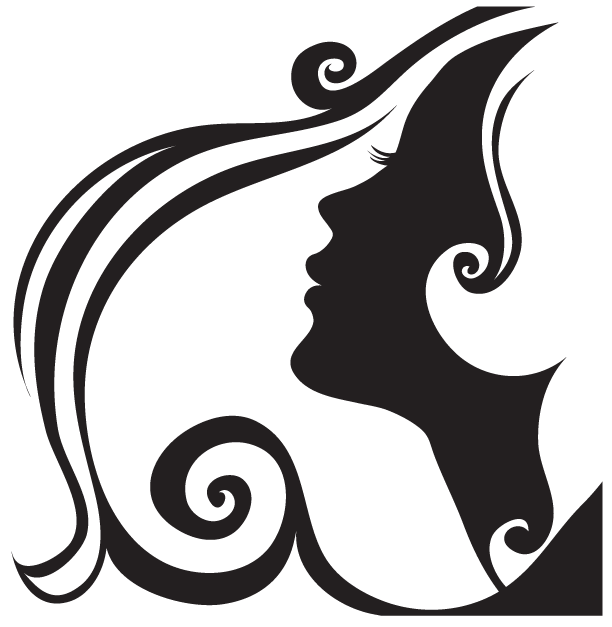Wearing wigs has been a popular practice for centuries, serving various purposes such as fashion, cultural expression, and medical reasons. While wigs offer a versatile and convenient way to change one’s hairstyle, concerns have arisen regarding their potential impact on physical well-being. Among these concerns, headaches have emerged as a notable issue reported by some wig wearers. As individuals explore the world of alternative hair solutions, it becomes crucial to delve into the factors that may contribute to headaches when donning wigs. This exploration involves an examination of the materials used in wig construction, the fit and tightness of the wig, and individual sensitivity, all of which play pivotal roles in determining whether wigs can indeed be a source of discomfort for the wearer. Can wigs cause headaches? In this discussion, we will explore the relationship between wigs and headaches, considering both the anecdotal experiences of individuals and any scientific insights available on this intriguing topic.

Do wigs cause headaches?
Wearing wigs can indeed cause headaches, and several factors contribute to this discomfort. Here are key considerations:
Size and Fit: If a wig is too tight, it can exert pressure on the scalp, leading to headaches. Ensuring the right size and fit is crucial for comfort while wearing a wig.
Duration of Wear: Prolonged use of wigs, especially without breaks, can contribute to headaches. It’s recommended to take regular breaks to relieve any potential strain.
Pressure Points: The areas where wig caps or netting rest against the back of the neck or temples can create pressure points, causing discomfort. Adjusting the placement may alleviate this issue.
Incorrect Application: If a human hair wig is not worn correctly or if it doesn’t fit properly, it may contribute to headaches due to the strain on the scalp.
More: What Happens if You Wear a Wig Every Day?
What are the side effects of wearing a wig?
Wearing wigs can have both advantages and drawbacks. Some potential side effects include:
Discomfort: Prolonged use of a wig may lead to discomfort, especially in hot weather, causing unpleasant sensations.
Limitations in Activities: Wearing wigs can restrict certain activities. For example, swimming may be challenging as the wig could come off.
Maintenance Challenges: Both human hair and synthetic wigs require care and maintenance. They must be removed at night, and improper care may lead to issues.
Potential Hair Loss: Wearing synthetic wigs might interfere with scalp health, possibly hindering sweat gland functions and leading to hair loss concerns.
Damage to Natural Hair: If a wig is not fitted properly or worn incorrectly, it can cause headaches, itchiness, and even rashes, potentially impacting natural hair health.
How do you prevent headaches when wearing wigs?
Preventing headaches when wearing wigs involves several considerations to ensure comfort and proper fit:
Adjust Wig Cap Tightness: Ensure that the wig cap is not too tight. A snug, but not overly tight, fit helps prevent unnecessary strain on the scalp, reducing the likelihood of headaches. More: Are wig caps reuseable?
Use a Wig Grip Band: Consider using a wig grip band, such as the GEX Wig Grip Band, which is adjustable, non-slip, and breathable. These bands can help secure the wig in place without causing discomfort or headaches.
Proper Ventilation: Ensure that the wig has proper ventilation to prevent a sweaty scalp, which can lead to discomfort and headaches. Well-ventilated wigs allow air circulation, reducing the risk of overheating.
Adjust Pressure Points: If you experience headaches in specific areas, adjust the placement of the wig or cap to alleviate pressure points. This may involve shifting the wig slightly to reduce strain on sensitive areas.
Wear a Wig Cap: Some individuals find that wearing a wig cap underneath the wig lessens the pressure on the scalp, potentially reducing the likelihood of headaches. More: What are wig caps made of?
Can wigs cause neck pain?
Wigs themselves may not directly cause neck pain, but the weight and pressure of wearing additional accessories like wigs, hats, or headpieces can contribute to discomfort in the neck and shoulder muscles. If the weight on top of your head increases due to the addition of a wig, it may affect your neck and shoulder muscles, potentially leading to pain and discomfort. More: How Much Does a Braided Wig Weigh?
While there is evidence linking forward head posture to neck pain, especially in contexts like prolonged sitting and certain occupational settings, the direct relationship between wearing wigs and neck pain appears to be less established.
Final thoughts
Can wigs cause headache? While wearing wigs can lead to headaches, several factors contribute to this discomfort, including size, fit, duration of wear, and pressure points. Awareness of potential side effects such as discomfort, activity limitations, and maintenance challenges is essential. To prevent headaches, individuals can adjust wig cap tightness, use wig grip bands, ensure proper ventilation, and be mindful of pressure points. While wigs themselves may not directly cause neck pain, the added weight and pressure of accessories can contribute to discomfort. Overall, understanding and addressing these factors allow for a more comfortable and positive wig-wearing experience.


